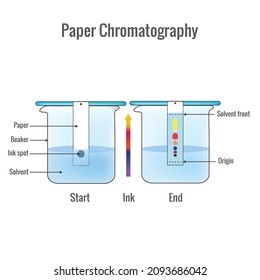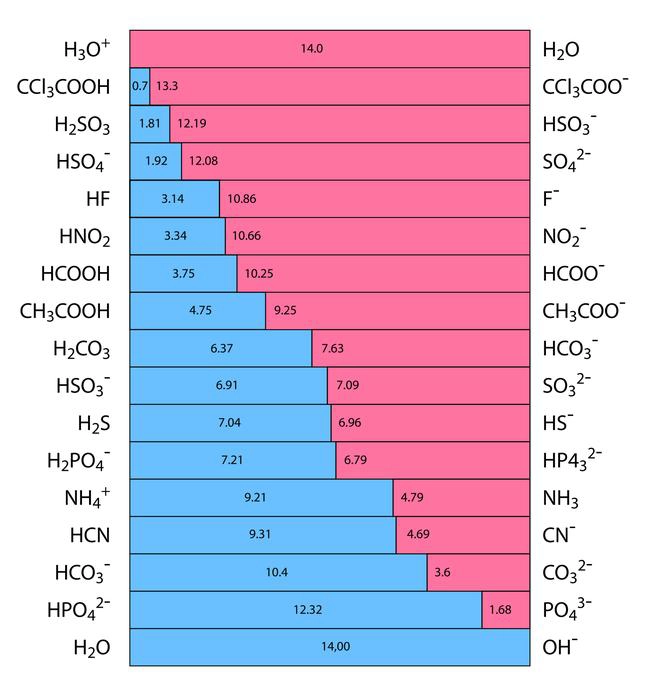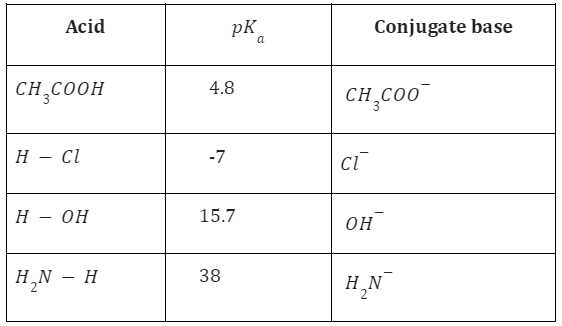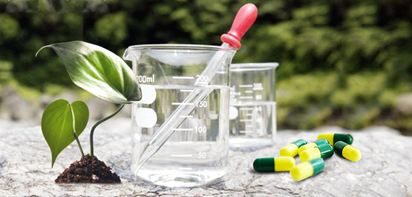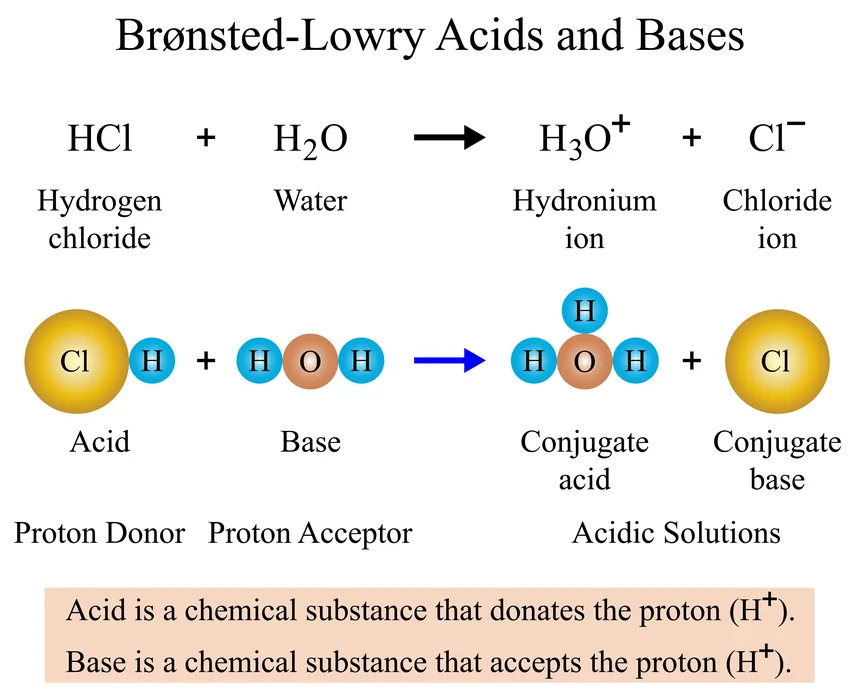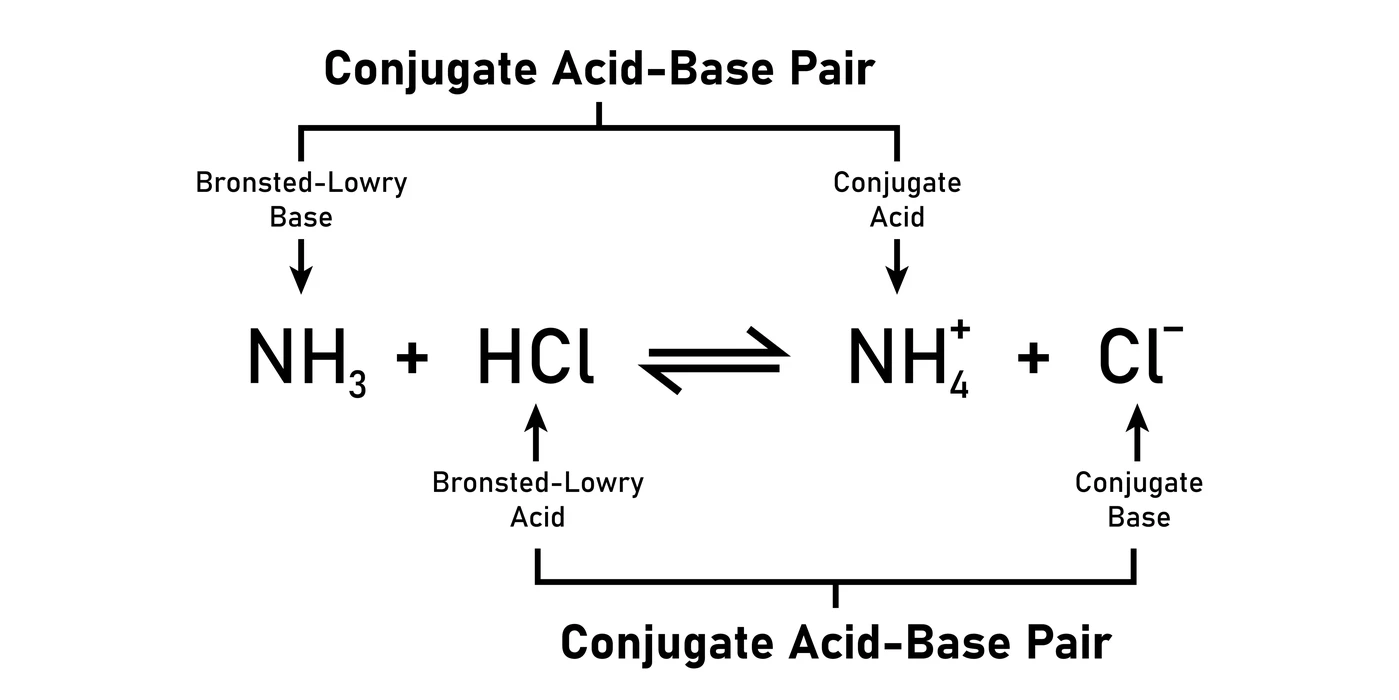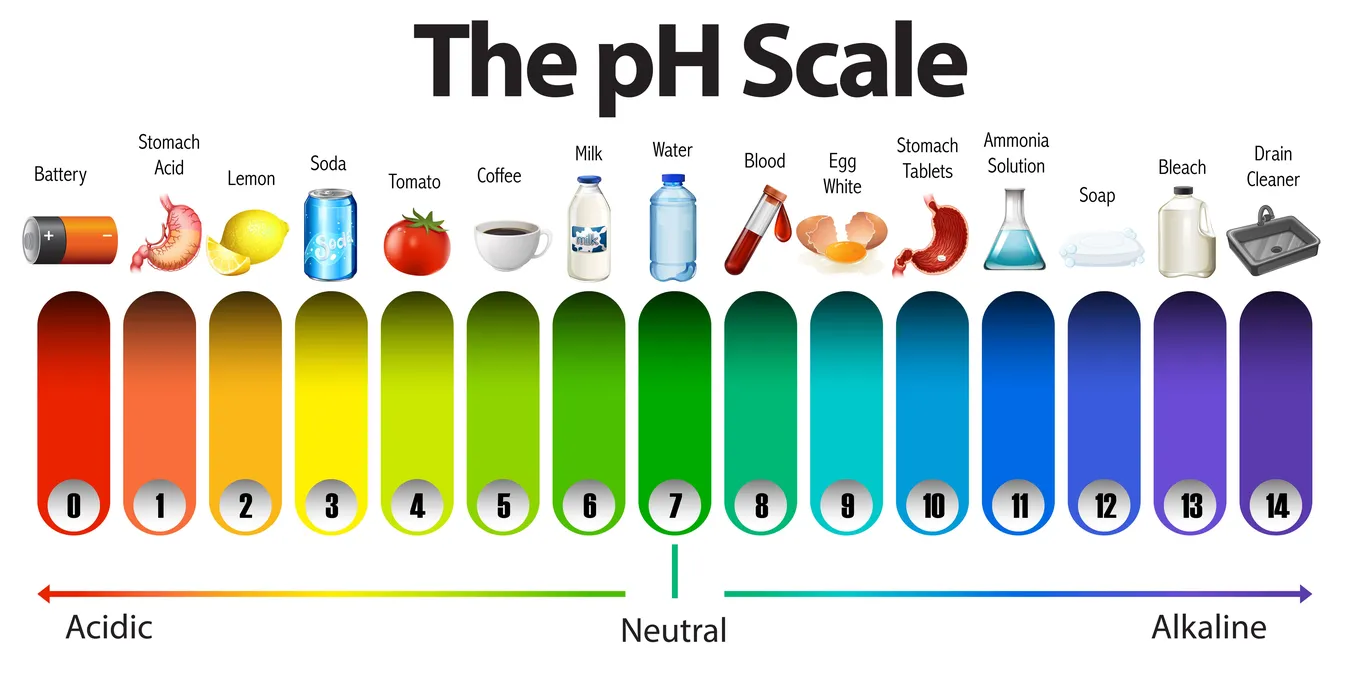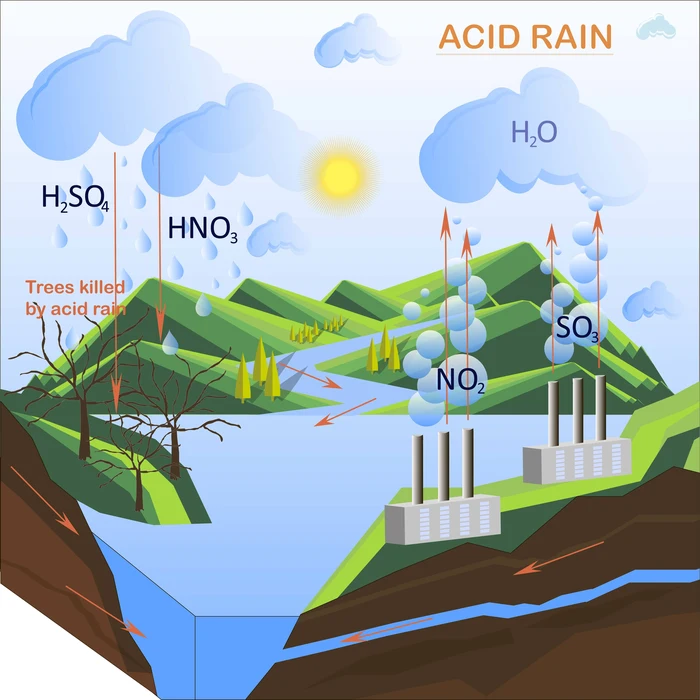An Introduction to a Separation Technique: Centrifugation
When we look around, there are many objects of various sizes, shapes, and textures. The element that scientists refer to as matter makes up everything in the cosmos. Everything is matter, including the air we breathe, the food we consume, rocks, clouds, stars, plants, animals, and even a single drop of water or sand. These compounds each have a unique nature and set of characteristics. They might be impure, or they might be completely pure. Looking around, we can also see that everything described above has mass and takes up space.
What are Techniques Available to Separate the Mixture
By using everyday physical techniques like hand-picking, sieving, and filtering, heterogeneous mixtures can be broken down into their components. The components of a combination sometimes need to be separated using specialized methods. Several of these methods include:
- Centrifugation
- Evaporation
- Sublimation
- Chromatography
- Fraction Distillation and Distillation
What is the Principle of Centrifugation
Particles with densities greater than the solvent’s density sink, while lighter particles float to the surface. They move faster when there is a greater density differential. Gravity can be replaced by a centrifuge’s much stronger centrifugal force, which can be used to separate different particles in a solution by exploiting even minor changes in density. The centrifuge operates on the sedimentation principle, which states that denser materials and particles flow outward in the radial direction as a result of centripetal acceleration. As they move to the centre, less dense objects are displaced.
Check out online study options are a great way to clear the science concepts you need. Study Science content for classes 6th, 7th, and 8th.
Process of Centrifugation for separating cream from milk
A separator is a centrifugal machine that separates skim milk from the cream. Milk is a liquid that contains tiny oil droplets suspended in it. The milk is centrifuged in a large, closed machine. When the machine is turned on, the milk is spun at an extremely high speed in a container. As a result, the milk is separated into cream and skim milk. Because the cream is lighter, it floats on top of the skimmed milk. It can then be removed. To separate milk and cream, centrifugation is used.

Summary
Centrifugation, which involves rapidly rotating solutions of molecules around an axis in a centrifuge rotor, can be used to separate different-density molecules. One of the most useful and widely used techniques in molecular biology laboratories.
Frequently Asked Questions
1. What are the applications of centrifugation?
Ans. Some applications of centrifugation are-
- Separation of two miscible substances
- Subcellular organelle fractionation
- Separation of chalk powder and water
- Skimmed milk is made by removing the fat from milk.
- Wine clarification and stabilization
2. What are the methods by which heterogeneous mixtures can be separated?
Ans. Heterogeneous mixtures can be broken down into their constituents using common physical techniques such as handpicking, sieving, and filtering. Sometimes the components of a combination must be separated using specialized methods. Among these techniques are:
- Centrifugation
- Evaporation
- Sublimation
- Chromatography
- Fractional and full distillation
3. What do you mean by Mixture?
Ans. More than one type of pure form of matter, also known as substance, makes up a mixture. No physical process can split a substance into different types of matter.
